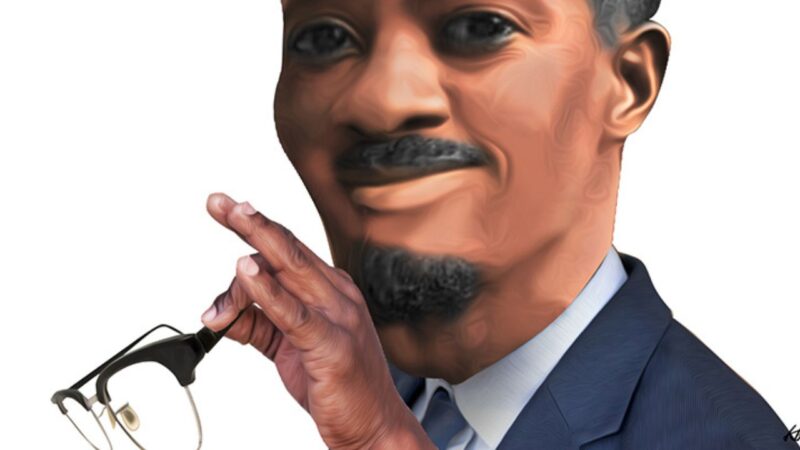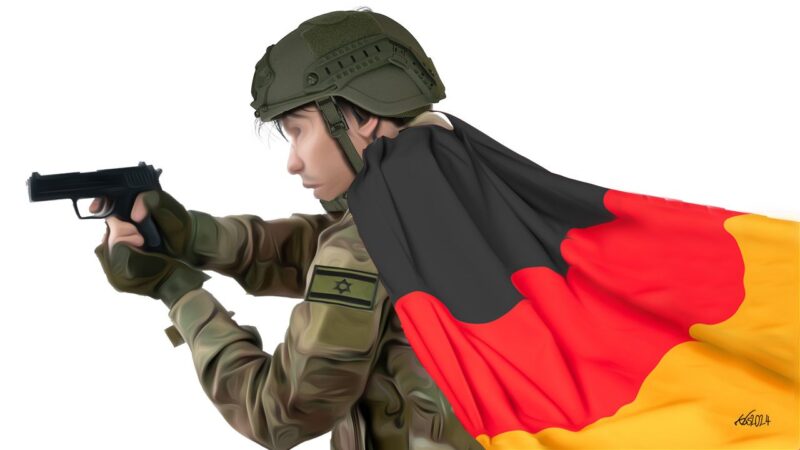Pat Robertson, the American televangelist who described natural disasters that decimated New Orleans and Haiti God’s vengeance on the victims, died this month at 93. Following his death, the US media has largely fastened its eyes on the long shadow he cast on American politics. That is to be expected: over his six decades in the public eye, Robertson played the Washington influence game from two sides. First, he promulgated hatred for Muslims, feminists, the LGBT community, and other social outcasts on the television channel he founded to build an audience, the Christian Broadcasting Network (CBN). Then, he leveraged that audience to buy himself access to the highest levels of power in the US Republican Party. The bigotry is so common on the American right nowadays largely because Robertson demonstrated that, far from diminishing power and influence, spewing vitriol in the name of God could actually win it. And yet, as poisonous as his influence was on American politics, Robertson left a far more cynical legacy in Africa.
In 1991, people in Kinshasa, Congo began demonstrating, often violently, calling for the nation’s dictator, Mobutu Sese Seko, to step down. Mobutu came to power with the help of the United States government. But as the Cold War slid to a halt, his allies in Washington became less interested in taking his phone calls. So he sought out new ones, and he found one in Pat Robertson.
According to a report from Religion News Service, at first, Mobutu only wanted Robertson to bring his TV channel, CBN, to Congo (then called Zaire). But the request led to a relationship. According to Time, at one point Robertson even traveled from Paris to Kinshasa in Mobutu’s private plane, then continued to the despot’s estate onboard his private yacht, where Mobutu’s wife served dinner.
Early in their relationship, Mobutu invited Robertson to launch a farm project near Kinshasa. The project’s declared intent was to make money for humanitarian causes in the region. When anti-Mobutu demonstrations resumed in 1992, Mobutu asked Robertson for a favor. Within a few weeks, Robertson was denouncing those demonstrators on air, hailing Mobutu as a “good Christian” and a “democrat” in front of millions of viewers around the world. Later that year, and with Mobutu’s blessing, Robertson secured land in Congo to mine for diamonds near the Angolan border.
Robertson’s diamond mine might have been nothing more than a dirty side quest made by the televangelist if the Rwandan genocide hadn’t turned the eyes of the world to Congo, giving the televangelist and his flailing project a lifeline. In the aftermath of the genocide, hundreds of thousands of Rwandans crossed the border into Congo by foot, where they congregated in refugee camps. When aid workers landed on the scene, Robertson dispatched his people to join them as part of his new charitable effort called “Operation Blessing.” Simultaneously, he directed his millions of viewers to call the number posted on their TV screens to donate money to the organization so that it could aid the refugees.
“We are out there. We’re doing what God says,” Robertson said in a typical fundraising request that was featured in Mission Congo, a 2013 documentary on the endeavor. “Don’t be surprised at the blessing … He’ll bless you mightily, beyond anything you can dream. But you must be obedient to what He says. So please, go to your phones.” Time and again, Robertson aired footage of medical workers (captured by CBN’s cameras) and told viewers their donations would support them.
“The tragedy is still there for the so-called innocent victims of all this killing,” he said in an update on the situation from his studio in Virginia. “We have a major medical presence to help those people, and we would ask [for] the prayers of people for them.”
But Robertson had no medical workers. The ones his cameras showed were from Médecins Sans Frontières (Doctors without Borders, or MSF). According to an African who drove for the French aid group and was featured in Mission Congo, Operation Blessing’s work in Goma amounted to little more than distributing bibles to people desperate for water.
Robertson also spoke of Operation Blessing’s logistics effort. The group, he said, had two planes, each able to carry 7,000 pounds of equipment and land on short runways. Those planes, at least, were real. But as an investigation from the Virginia Pilot-News revealed, they brought few, if any useful medical supplies to Goma. Rather, they only delivered mining equipment to Robertson’s diamond mine hundreds of miles away. Unbeknownst to viewers who called CBN to help refugees, their money was mostly being squandered on the televangelist’s collapsing mining project.
Negligence, waste, and self-aggrandizement are common themes in stories of humanitarian aid in Africa, of course. But Robertson’s Congo endeavor wasn’t simply a well-intended if poorly managed, humanitarian gambit. More than a few pilots and aid workers joined Operation Blessing thinking that Robertson’s combination of capital and political clout made him unusually well-positioned to do good in a desperate situation. He probably was. But very quickly, those recipients of aid realized that they had been duped, as did the mostly female and elderly supporters who Robertson had spent his entire career preying upon.
In many ways, Pat Robertson’s Congo adventure was no different from the endeavors of countless prospectors and explorers who have gone to the country looking to get rich. Congo is not just rich, it is invisible to the world. Whatever greedy Westerners do there, how much or how little they share of their experience is generally up to them. But what others have largely done in secret, Robertson did in the broad light of television and under the guise of Christian charity.
Through the narrow screen of a TV, Robertson could tell his viewers to look only where he told them to look and to see things only as he wanted them to. Poor and desperate Africans living on the edge of a country his viewers knew nothing about, were in Robertson’s hands, just more people to exploit for money and power – not unlike the gays, the Muslims, or feminists on other occasions.
“I tell you, you’ve never heard such music in your life,” he said of an African choir he featured on CBN in 1994. “The minute those folks are born, this rhythm comes out of the pores of their skin. It’s fantastic.”
After spending most of a century in public life, the only people Robertson seemed to have considered his equals were strongmen who never let conscience obstruct their political careers — people like Donald Trump and Mobutu Sese Seko. Power, not piety, was the only thing he respected. The world is better off without him.
–
This post is from a partnership between Africa Is a Country and The Elephant. We will be publishing a series of posts from their site every week.








